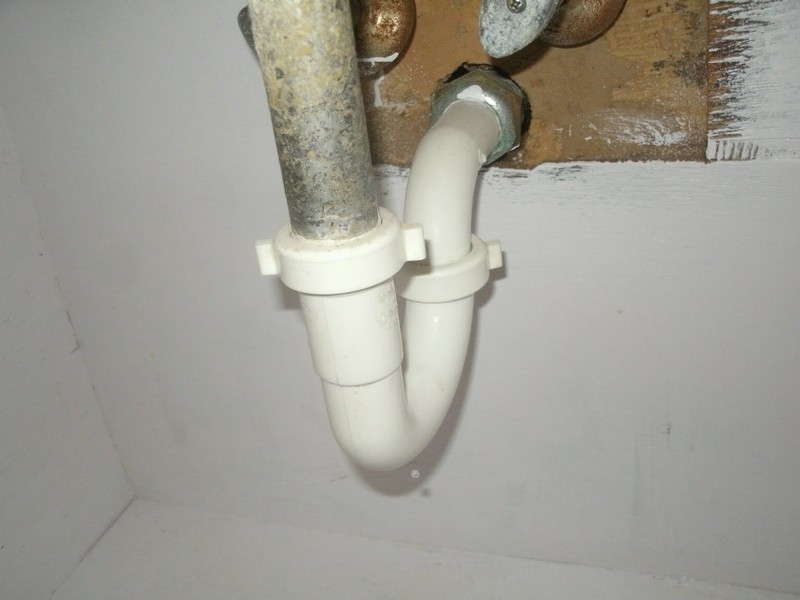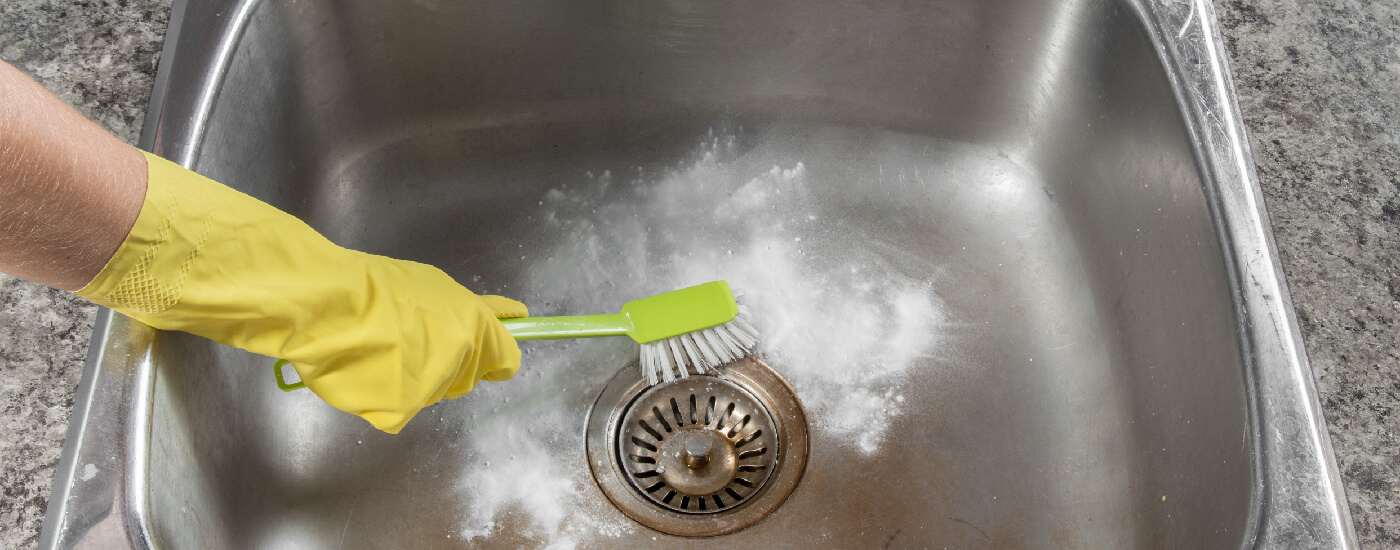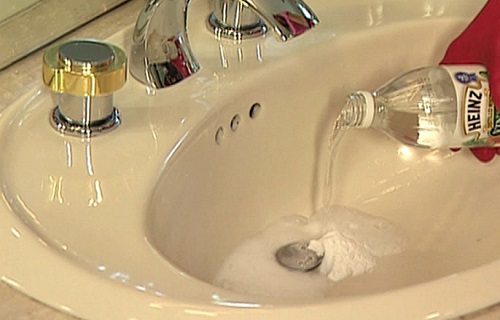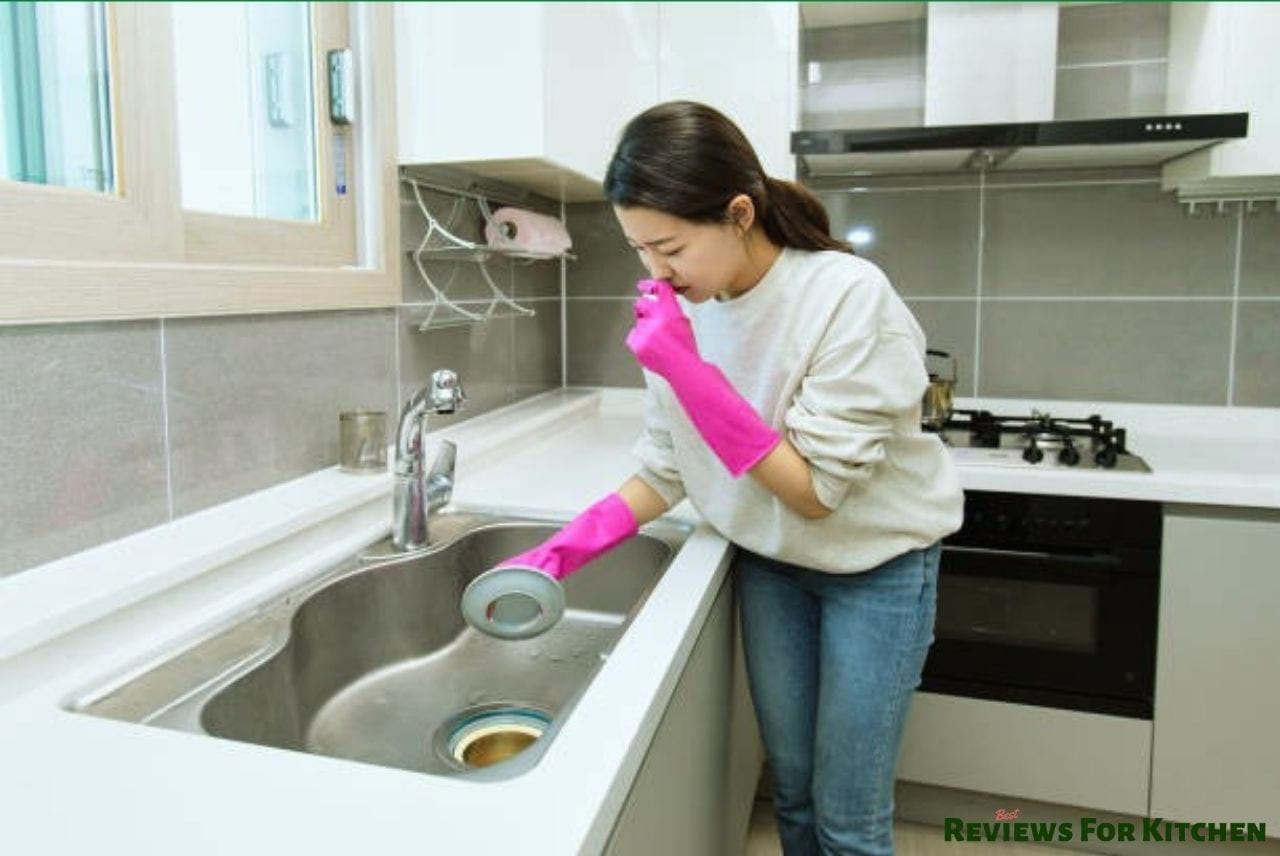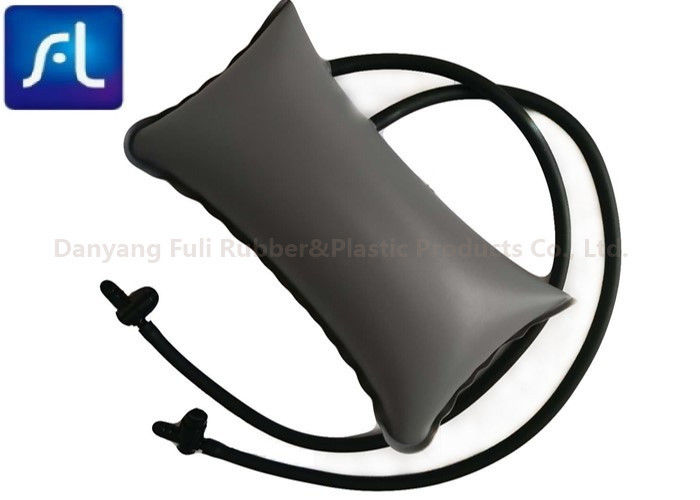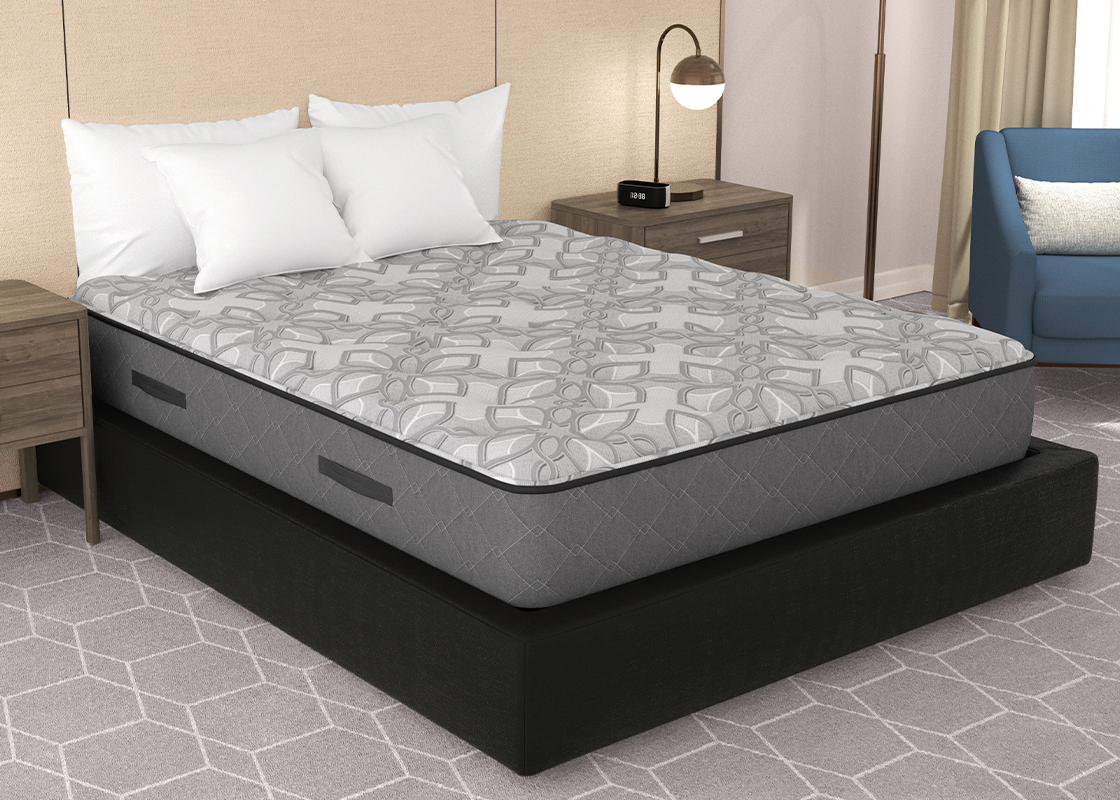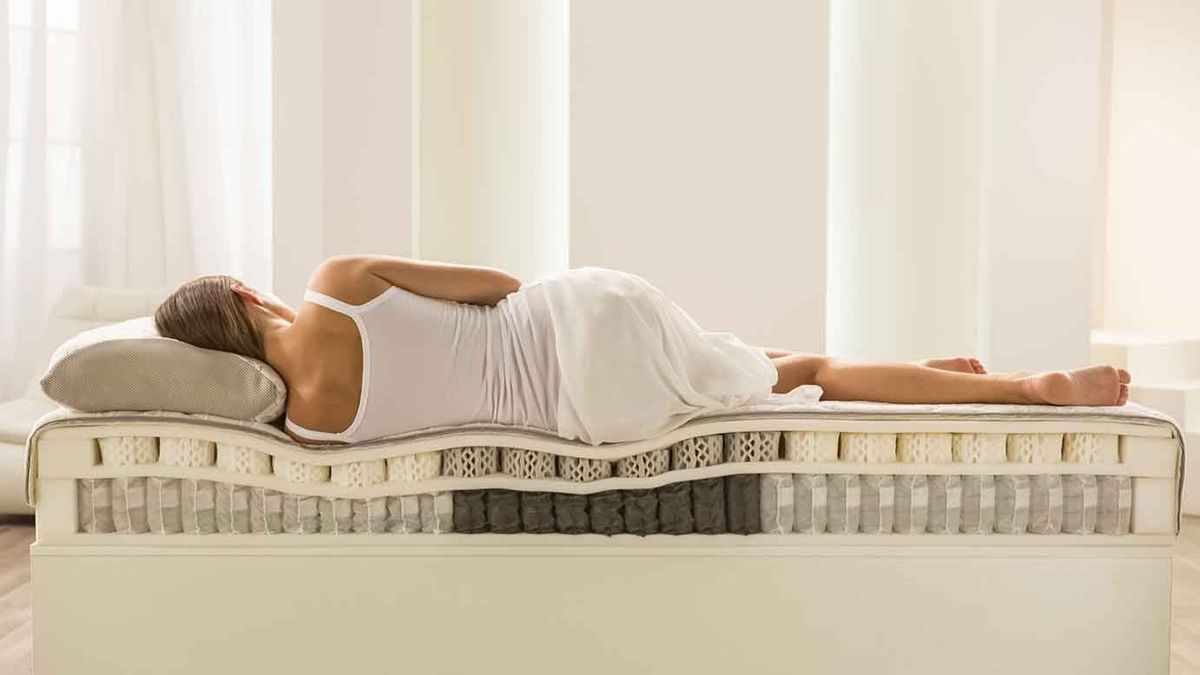Cleaning Bathroom Sink Overflow Drain
Keeping your bathroom sink clean and free of clogs is essential for proper hygiene and functionality. One of the most overlooked areas of the sink is the overflow drain. This small opening is designed to prevent water from overflowing onto the countertop, but it can easily become clogged with soap scum, hair, and other debris. In this section, we will discuss how to effectively clean your bathroom sink overflow drain.
Unclogging Bathroom Sink Overflow Drain
If you notice that your sink is draining slowly or not at all, it may be a sign of a clogged overflow drain. This can be caused by a buildup of hair, soap scum, or other debris. One of the best ways to unclog your bathroom sink overflow drain is to use a plunger. Simply place the plunger over the opening and pump it up and down several times, creating suction to dislodge the clog. You can also try using a drain snake or pouring a mixture of hot water and baking soda down the drain to break up the clog.
Removing Bathroom Sink Overflow Drain
If you need to deep clean your bathroom sink, you may want to remove the overflow drain to get better access. To do this, you will need to unscrew the cap on the top of the drain and then unscrew the drain from the back of the sink. Once removed, you can use a toothbrush or pipe brush to scrub away any buildup or clogs. Make sure to thoroughly rinse the drain before reattaching it to the sink.
Fixing Bathroom Sink Overflow Drain
If you notice that your bathroom sink overflow drain is leaking, it may be due to a faulty seal or damaged pipe. In this case, you will need to fix the drain to prevent further leaks and potential water damage. You can purchase a new seal or pipe from your local hardware store and replace it yourself, or you can call a professional plumber for assistance.
Troubleshooting Bathroom Sink Overflow Drain
If you are having issues with your bathroom sink overflow drain, it's important to troubleshoot the problem to determine the best course of action. Check for any visible clogs or buildup in the drain and try using a plunger or drain snake to remove them. If the problem persists, you may need to replace the drain or seek professional help.
Maintaining Bathroom Sink Overflow Drain
To prevent clogs and keep your bathroom sink overflow drain functioning properly, it's important to maintain it regularly. This can be done by using a mixture of hot water and baking soda to flush out any buildup and prevent clogs. You can also use a drain cover to catch hair and other debris before they enter the drain.
Repairing Bathroom Sink Overflow Drain
If you notice any cracks or damage to your bathroom sink overflow drain, it's important to repair it as soon as possible. This will prevent leaks and potential water damage to your sink and countertop. You can use plumber's putty or silicone sealant to repair small cracks, but for larger damage, it's best to seek professional help.
Clearing Bathroom Sink Overflow Drain
Regularly clearing your bathroom sink overflow drain can prevent clogs and keep your sink functioning properly. This can be done by using a plunger or drain snake to remove any visible debris or buildup. You can also use a mixture of hot water and baking soda to dissolve any buildup and keep your drain clear.
Unclogging Bathroom Sink Drain
If your bathroom sink is not draining properly, it may be a sign of a clogged drain. This can be caused by a buildup of hair, soap scum, or other debris. To unclog your sink drain, you can use a plunger, drain snake, or a mixture of hot water and baking soda. If the clog persists, you may need to call a plumber for professional assistance.
Cleaning Bathroom Sink Drain
Maintaining a clean and clear bathroom sink drain is important for proper hygiene and functionality. Regularly cleaning the drain with a mixture of hot water and baking soda can prevent clogs and keep your sink smelling fresh. You can also use a drain cover to catch hair and other debris before it enters the drain.
Why Cleaning the Overflow Drain in Your Bathroom Sink is Important
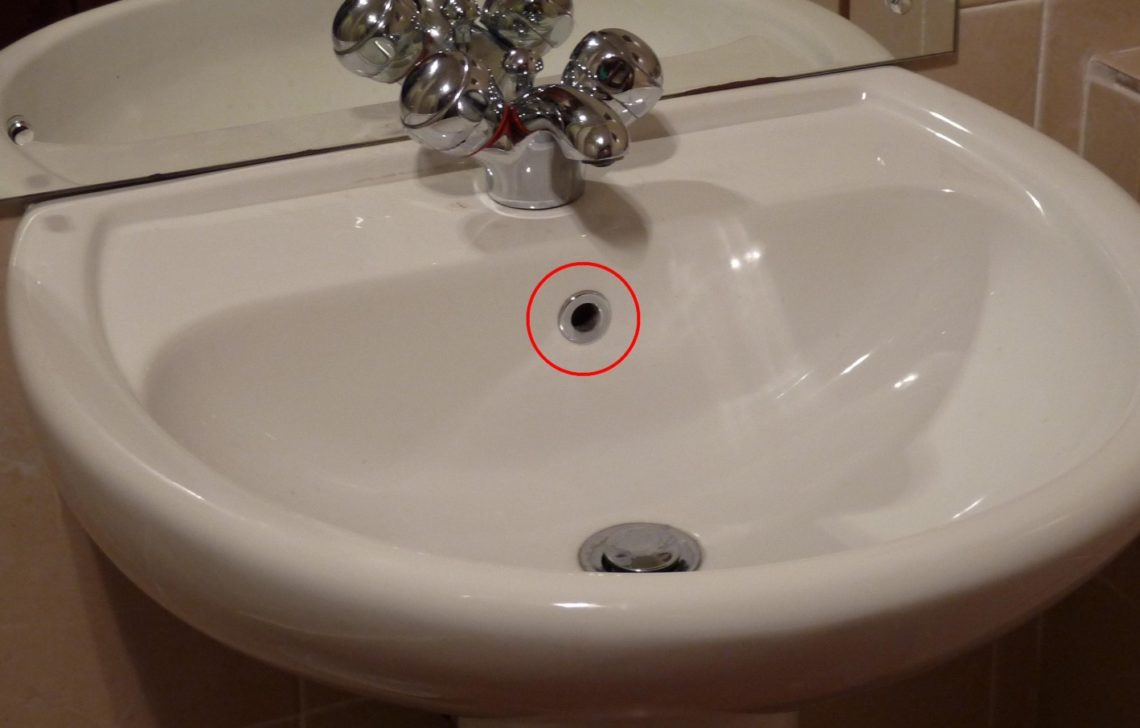
The Importance of Proper Drain Maintenance
 Keeping your bathroom sink clean and functional is an essential aspect of maintaining a hygienic and comfortable home. However, many homeowners overlook one crucial element in their sink's drainage system - the overflow drain. This small opening, usually located near the top of the sink, is designed to prevent water from overflowing and causing a mess. However, if not regularly cleaned, the overflow drain can become clogged with dirt, grime, and hair, leading to unpleasant odors, slow drainage, and even potential water damage. In this article, we will discuss the importance of cleaning the overflow drain in your bathroom sink and how to do it effectively.
Keeping your bathroom sink clean and functional is an essential aspect of maintaining a hygienic and comfortable home. However, many homeowners overlook one crucial element in their sink's drainage system - the overflow drain. This small opening, usually located near the top of the sink, is designed to prevent water from overflowing and causing a mess. However, if not regularly cleaned, the overflow drain can become clogged with dirt, grime, and hair, leading to unpleasant odors, slow drainage, and even potential water damage. In this article, we will discuss the importance of cleaning the overflow drain in your bathroom sink and how to do it effectively.
The Consequences of Neglecting Your Overflow Drain
 Ignoring the maintenance of your overflow drain can have several consequences. The most obvious one is the unpleasant odor that can emanate from a clogged drain. As water and debris accumulate in the overflow drain, they can create a breeding ground for bacteria, resulting in a foul smell. Additionally, a clogged overflow drain can also cause water to back up into your sink, leading to slow drainage and potential water damage to your countertops and cabinets. Over time, this can result in costly repairs and replacements.
Ignoring the maintenance of your overflow drain can have several consequences. The most obvious one is the unpleasant odor that can emanate from a clogged drain. As water and debris accumulate in the overflow drain, they can create a breeding ground for bacteria, resulting in a foul smell. Additionally, a clogged overflow drain can also cause water to back up into your sink, leading to slow drainage and potential water damage to your countertops and cabinets. Over time, this can result in costly repairs and replacements.
How to Clean Your Overflow Drain
 Now that we understand the importance of keeping your overflow drain clean let's discuss how to do it. The first step is to remove any debris that may be blocking the drain. This can be done by using a small brush or toothbrush to loosen and remove any dirt or hair. Next, mix equal parts of baking soda and vinegar and pour it down the overflow drain. The chemical reaction between the two will help to dissolve any remaining debris and eliminate any foul odors. After letting the mixture sit for a few minutes, flush the drain with hot water to rinse away any remaining residue.
Now that we understand the importance of keeping your overflow drain clean let's discuss how to do it. The first step is to remove any debris that may be blocking the drain. This can be done by using a small brush or toothbrush to loosen and remove any dirt or hair. Next, mix equal parts of baking soda and vinegar and pour it down the overflow drain. The chemical reaction between the two will help to dissolve any remaining debris and eliminate any foul odors. After letting the mixture sit for a few minutes, flush the drain with hot water to rinse away any remaining residue.
Maintaining a Clean Overflow Drain
 To prevent future clogs and ensure your overflow drain stays clean, it is essential to incorporate it into your regular cleaning routine. A simple way to do this is by pouring a cup of hot water down the drain once a week. Hot water helps to loosen any built-up residue and flush it away. You can also use a mixture of hot water and vinegar for a deeper clean. Additionally, placing a mesh drain cover over your sink's drain can help catch any hair and debris before it reaches the overflow drain.
In conclusion
, a clean and functional overflow drain is vital to maintaining a clean and hygienic bathroom sink. By regularly cleaning and maintaining it, you can prevent unpleasant odors, slow drainage, and potential water damage. Incorporate these simple cleaning tips into your routine, and you'll have a clean and well-functioning overflow drain in no time.
To prevent future clogs and ensure your overflow drain stays clean, it is essential to incorporate it into your regular cleaning routine. A simple way to do this is by pouring a cup of hot water down the drain once a week. Hot water helps to loosen any built-up residue and flush it away. You can also use a mixture of hot water and vinegar for a deeper clean. Additionally, placing a mesh drain cover over your sink's drain can help catch any hair and debris before it reaches the overflow drain.
In conclusion
, a clean and functional overflow drain is vital to maintaining a clean and hygienic bathroom sink. By regularly cleaning and maintaining it, you can prevent unpleasant odors, slow drainage, and potential water damage. Incorporate these simple cleaning tips into your routine, and you'll have a clean and well-functioning overflow drain in no time.
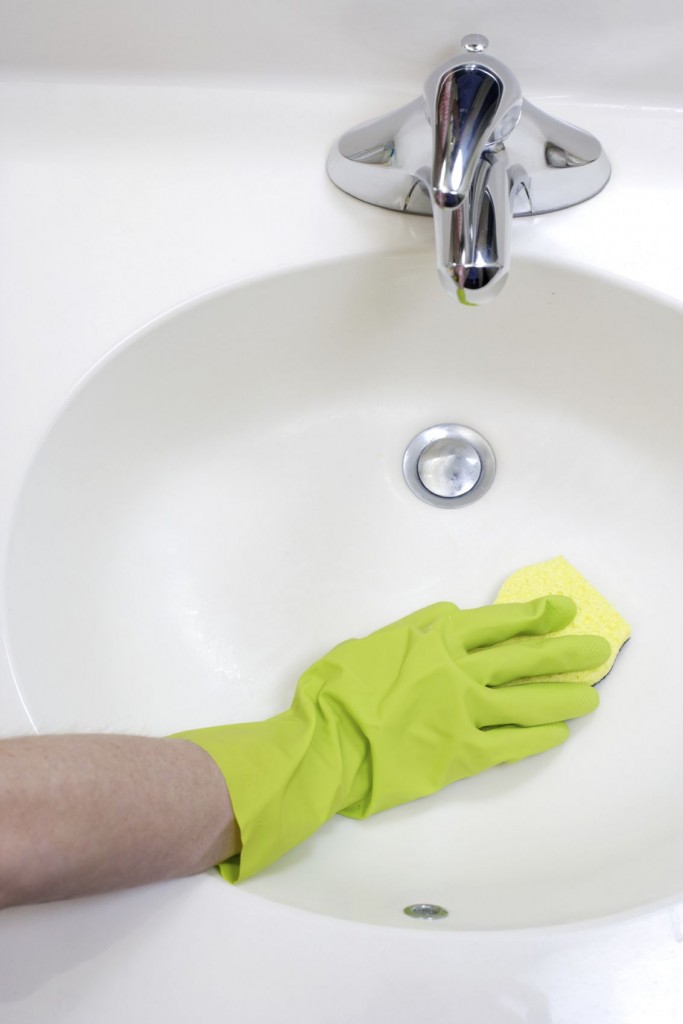



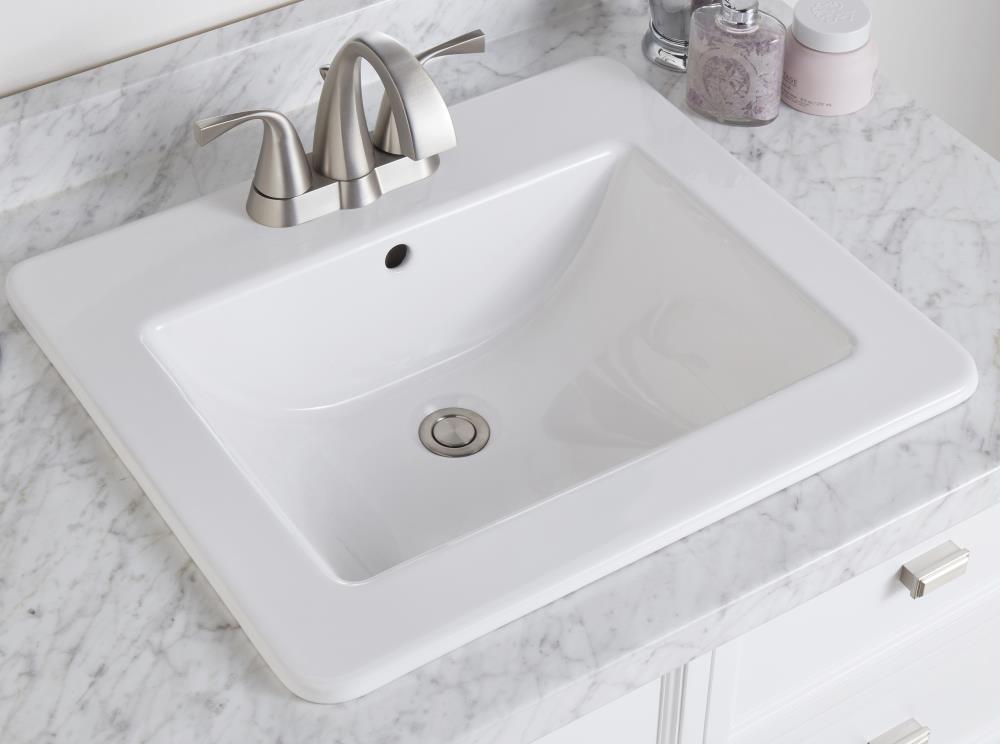



:max_bytes(150000):strip_icc()/plumber-unclogging-kitchen-sink-169270382-5797a9355f9b58461f27f024.jpg)



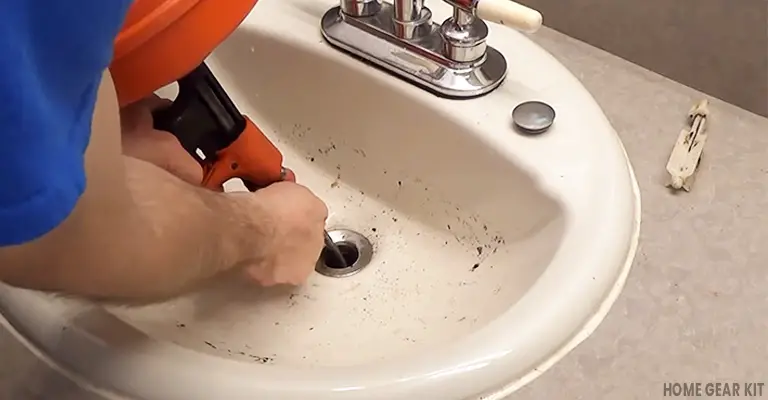









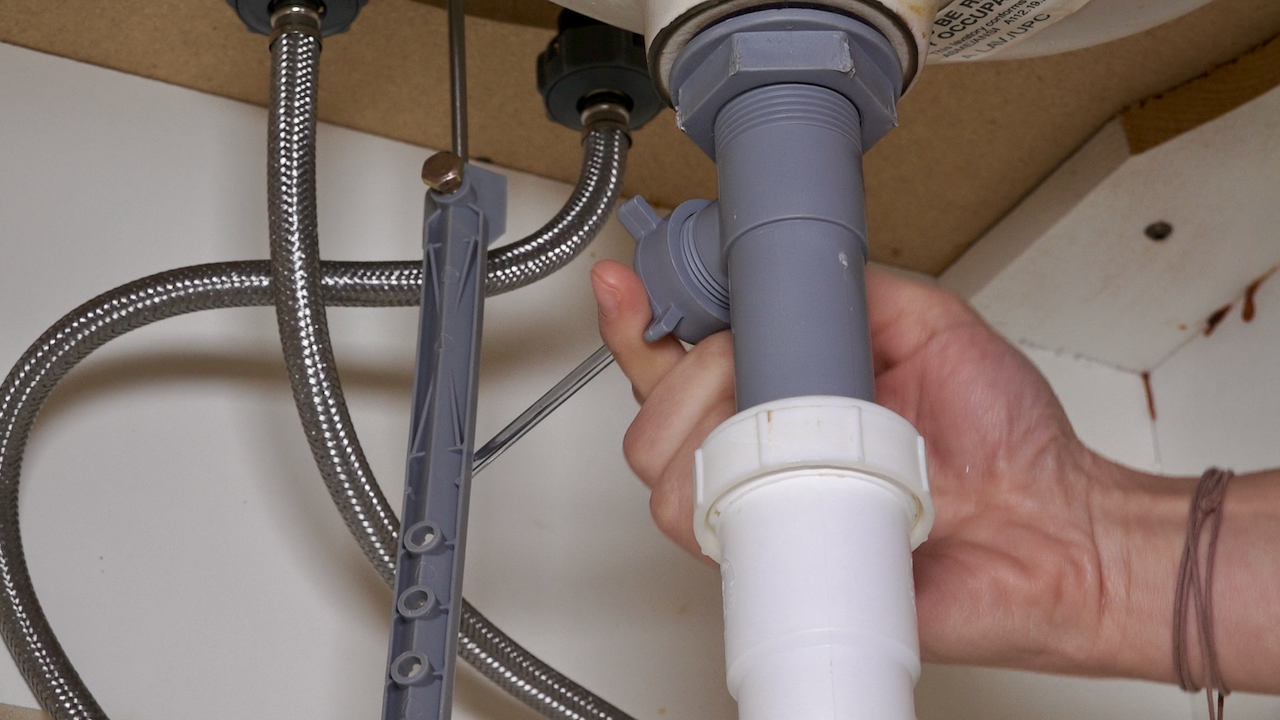



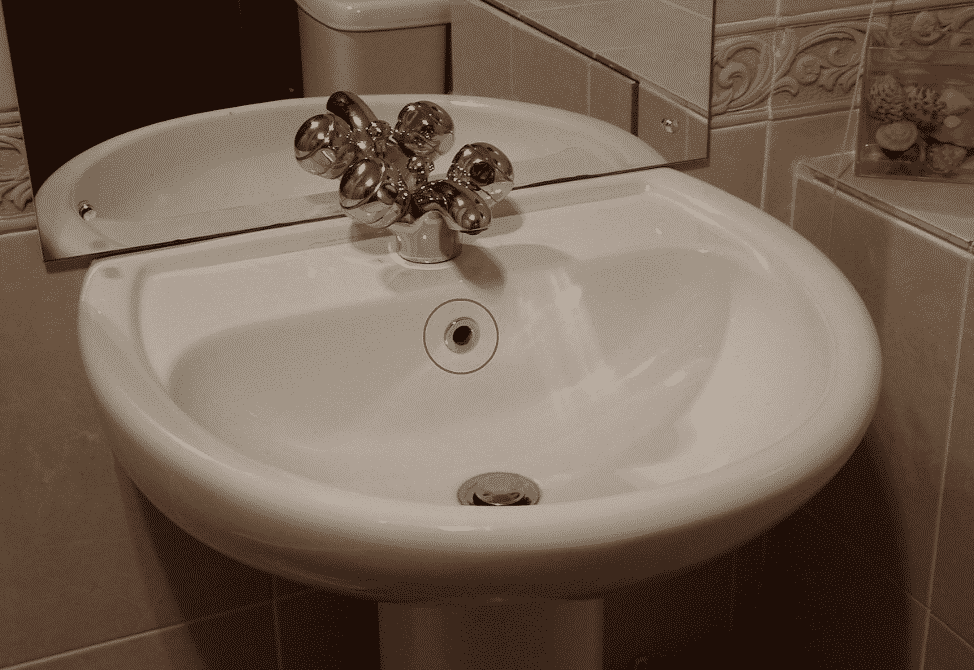





/close-up-of-overflowing-bathroom-sink-90201417-579787783df78ceb865822d8.jpg)
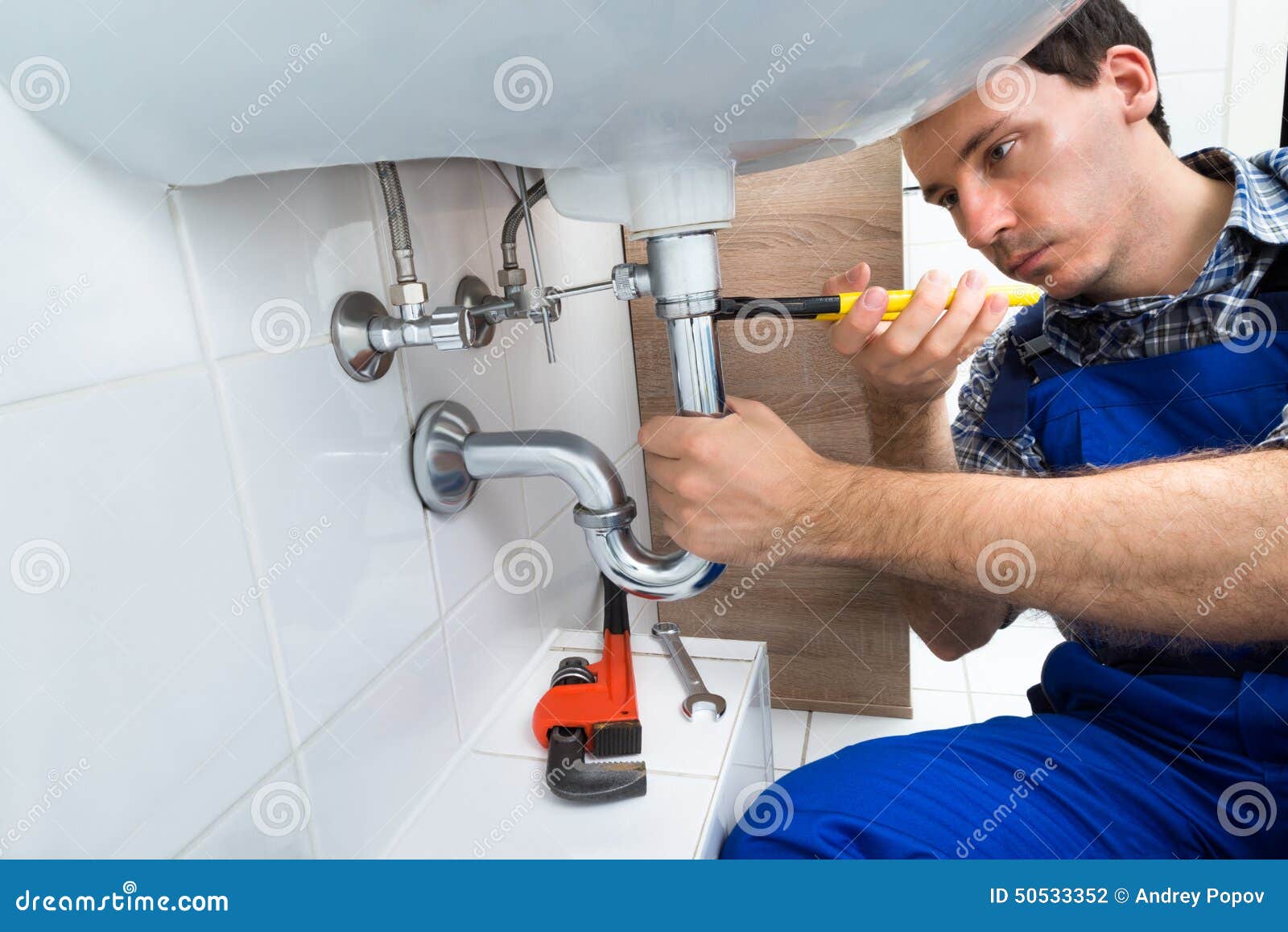









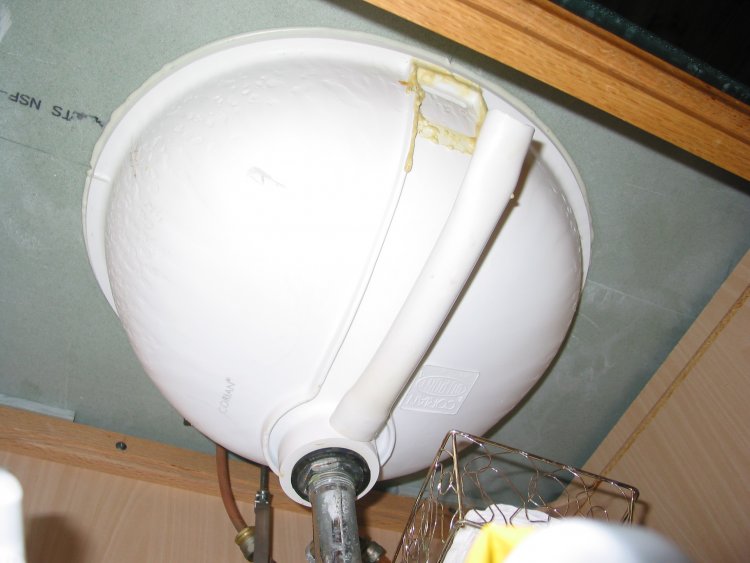




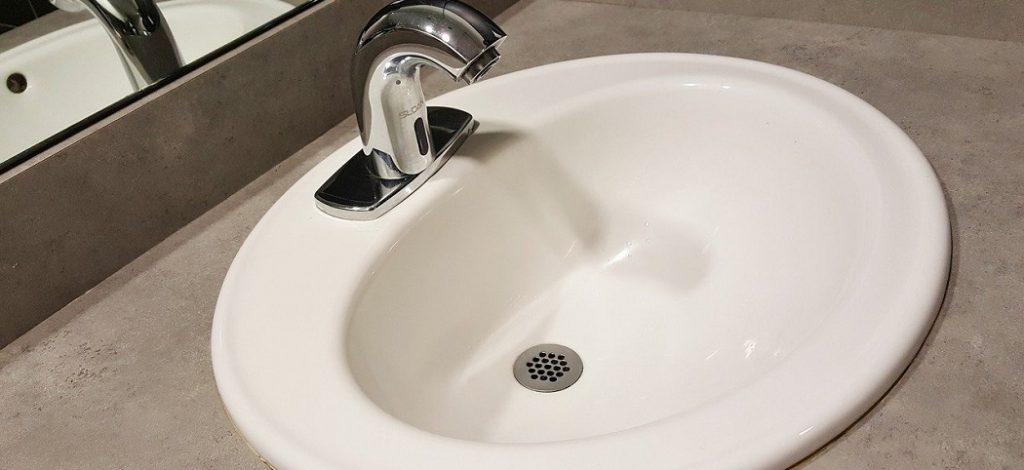


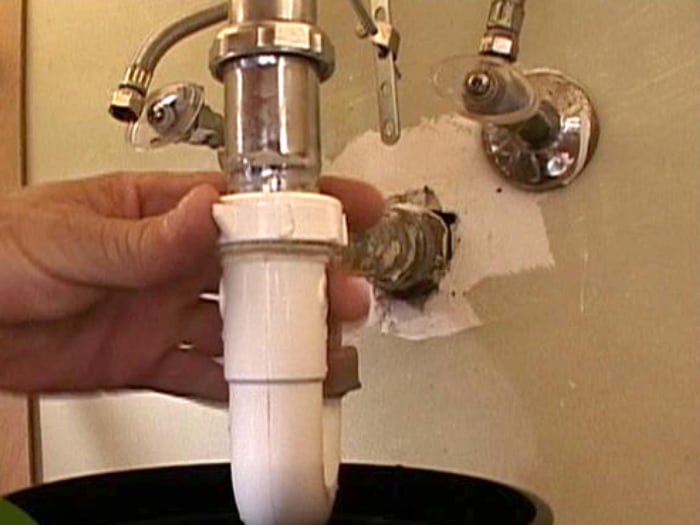

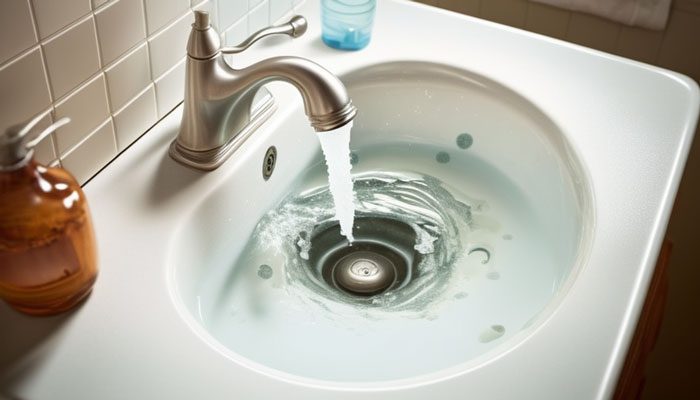


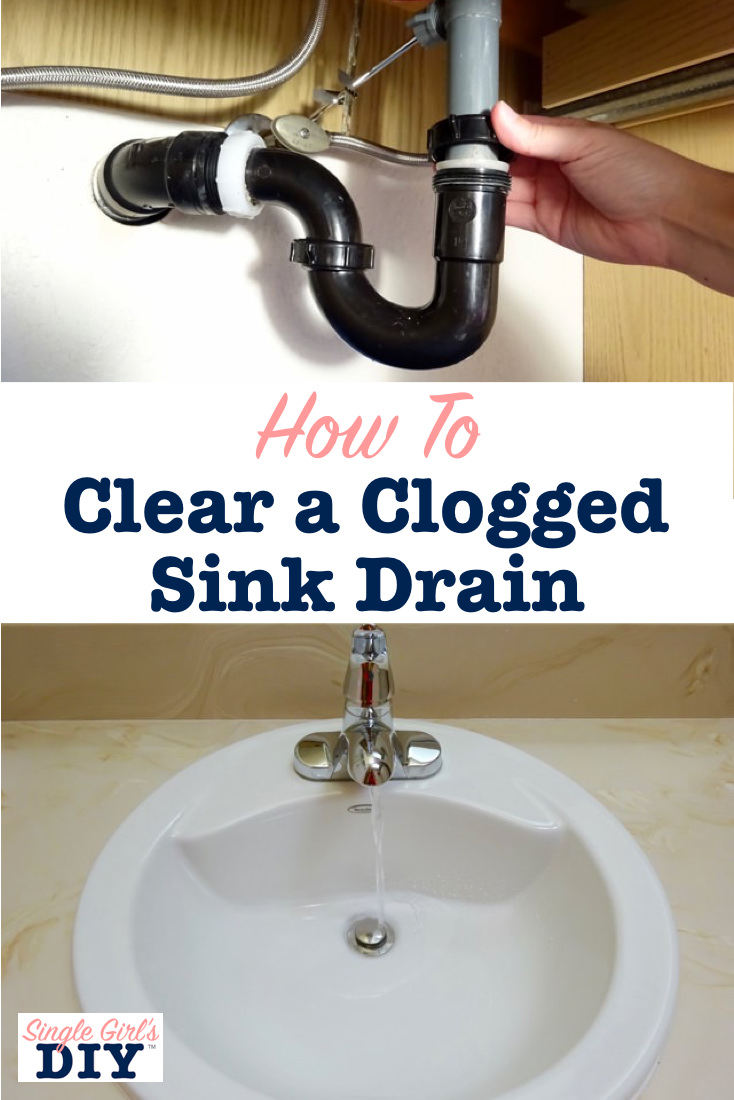

:max_bytes(150000):strip_icc()/freshen-and-unclog-drain-with-baking-soda-1900466-22-bbf940b70afa4d5abef0c54da23b1d3f.jpg)
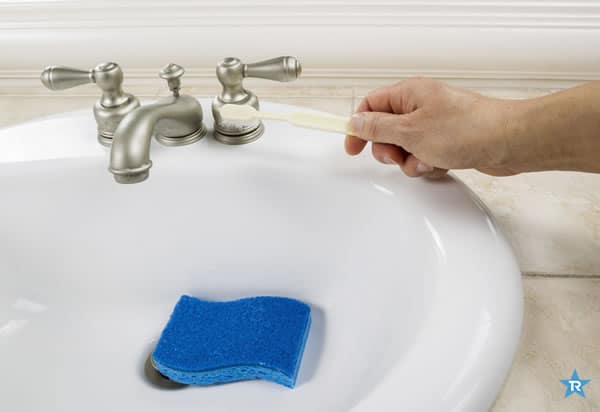




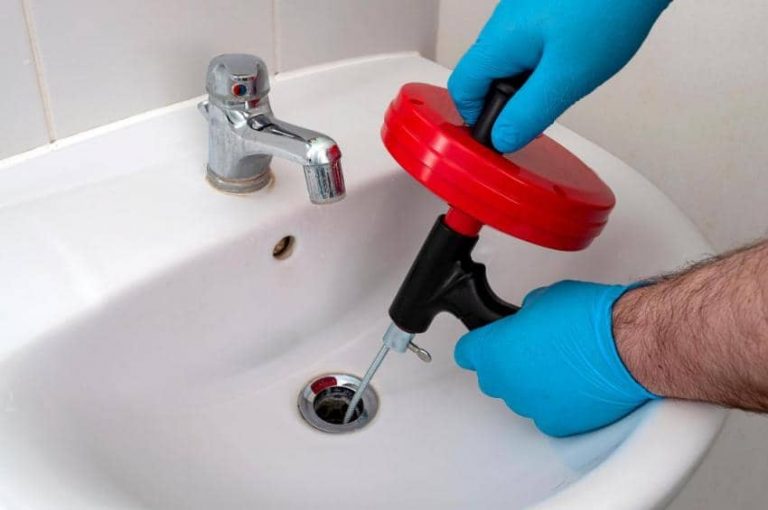

:max_bytes(150000):strip_icc()/plumber-unclogging-kitchen-sink-169270382-5810e7bb5f9b58564c5dd92b.jpg)



